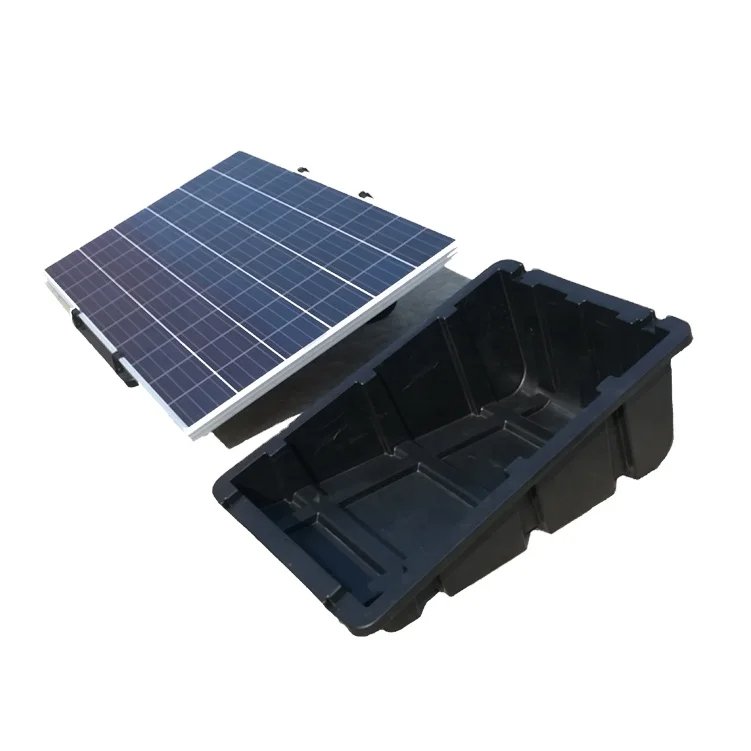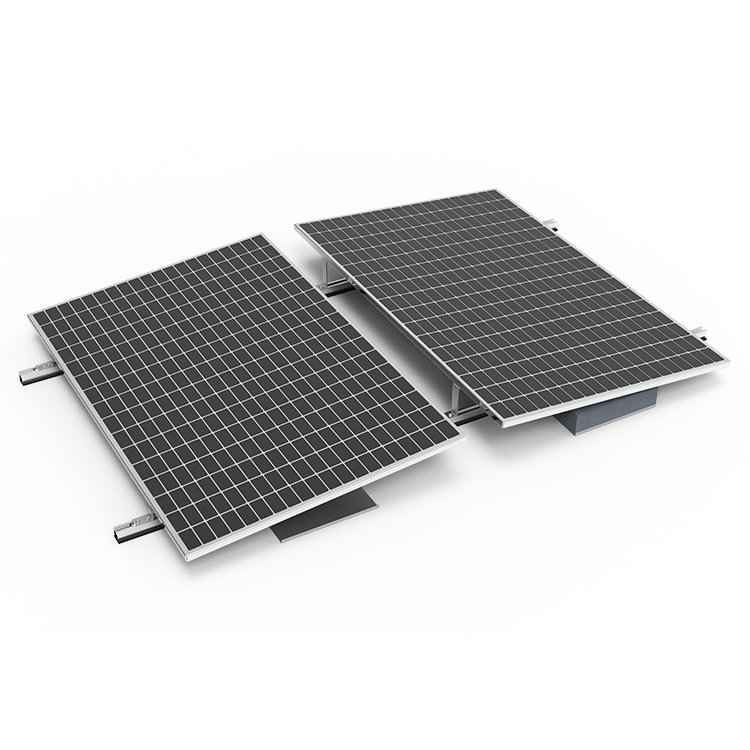-
2103 Δωμάτιο NO.322 Xinggang One Road, Haicang District, Xiamen Fujian, Κίνα

How to Choose the Best Location for Solar Panel Installation
When considering solar energy, most people immediately think of rooftop systems. However, depending on the roof shape and local environment, it may not always be the optimal choice. This guide outlines ideal locations, site conditions, and key points for selecting the best installation site—whether you’re a homeowner or a business operator.
Table of Contents
Understanding How Solar Power Systems Work
Before selecting a location, it’s essential to understand the structure and function of a solar power system.
How Solar Panels Generate Electricity
Solar panels are made from N-type and P-type silicon semiconductors. When sunlight hits these layers, it generates a direct current (DC), which must be converted into alternating current (AC) using an inverter (power conditioner) for home or industrial use.
Basic Components of a Solar Power System
- Solar panels
- Inverters (Power conditioners)
- Connection boxes and mounting accessories
- Optional battery storage systems
Each of these components has its own installation requirements. For example, power conditioners vary in installation distance and placement based on whether they’re for residential or industrial use.
Key Conditions for Solar Panel Installation
To maximize efficiency and safety, consider the following:
1. Sunlight Exposure
Install panels in sunlit areas, ideally facing south in the Northern Hemisphere. Avoid shaded areas caused by buildings or trees.
2. Low Natural Disaster Risk
Avoid flood zones, landslide-prone slopes, and areas frequently hit by typhoons. Confirm local hazard maps and verify manufacturer warranties or insurance coverage.
3. Γωνία κλίσης
Panels should be installed at a tilt between 10°–30° for optimal energy capture. If roof angles are unsuitable, mounting systems with adjustable tilt are recommended.
Possible Solar Panel Installation Locations
Rooftops
Rooftops are the most common and space-efficient location. Use compatible systems for different materials:
Flat Roofs & Rooftops
For commercial buildings and flat-roof homes, ballasted systems like the HDPE Plastic Solar Ballast System are ideal.

Carports and Parking Lots
Use carport systems like the Σύστημα τοποθέτησης ηλιακού αμαξοστασίου to turn parking areas into power generators.

Farmland (Solar Sharing)
Agricultural dual-use models (agrivoltaics) enable solar panel installation above crops. See our Αγροτική ηλιακή βάση.

Water Surfaces (Floating PV)
Install systems on reservoirs or ponds using Floating Solar Mounting Systems, which reduce evaporation and improve cooling.
Unused Land / Ground Mounts
Empty lots or undeveloped industrial land can host Ground Solar Mounting Systems, suitable for large-scale energy generation.
Key Points to Consider When Selecting a Site
Legal and Regulatory Compliance
Always check local regulations (e.g., building codes, electrical law, zoning rules) before proceeding.
Simulate Energy Yield
Use simulation tools to estimate output based on orientation, weather data, and system size.
Maintenance Accessibility
Choose sites where panels can be easily cleaned and serviced.
Check for Incentives
Governments may provide subsidies for certain installation types like solar carports or floating PV.
Offsite Options for Businesses
If onsite space is unavailable, consider an Offsite PPA Model to install solar remotely and deliver power to your facility.
Conclusion
The best site for solar installation should:
- Receive consistent sunlight
- Be safe from natural disasters
- Allow optimal panel angles
If you’re still unsure where to install your system, consult with a specialist. We support various applications from rooftops and carports to floating and agricultural solar systems.








